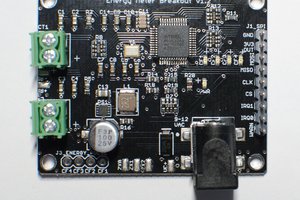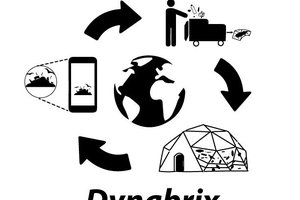Our world is undergoing rapid changes. These changes include shifts in climate, energy sources, supply chains, and a general decrease in the fertility of agricultural land. Some pioneers have dedicated the past 10 to 20 years to developing regenerative farming techniques on small surfaces to reduce dependence on fertilizers derived from fossil fuels. These techniques include bio-intensive farming, permaculture, aquaponics, and others. In doing so, they have had to relearn and adapt ancient methods used by our ancestors before the era of petroleum and natural gas.
These pioneers have demonstrated the feasibility of implementing food production systems on relatively small areas with limited energy input, achieving high yields while minimizing human effort in production. This stands in stark contrast to the prevailing model today, which emerged due to the cheap and abundant availability of energy from fossil fuels over the last 50 years. Humanity seems to be awakening to the fact that fossil fuel reserves are finite and that their usage has dramatically affected our living spaces.
To ensure humanity's survival in the coming decades, it is crucial to reduce the distance between elements in the food industry cycle. While some believe that technology holds the key to solving the energy crisis, progress in this area has been slow, and the outcomes remain uncertain. Embracing multiple approaches is prudent, and one immediate step is to relocalize food production to decrease our dependence on fossil fuels and energy availability, yielding additional benefits.
Currently, the food industry is largely controlled by a handful of large international companies, encompassing seeds, fertilizers, agriculture machinery, food processing, and more. As their production model is unsustainable, expecting them to invest in researching and developing new production systems is unrealistic until they find methods that allow them to retain control.
Optimized organic production techniques on small scales with local distribution networks, while their economic viability is yet to be fully proven, pose a challenge for these industries as they reduce their reliance on external inputs such as standardized seeds, chemical fertilizers, and costly machinery. Moreover, they aim to shorten the path from producer to consumer. The worst outcome for them would be the resurgence of a sub-species of human society that had nearly disappeared—the family gardener. Do you remember the joy of picking strawberries in your grandmother's garden, especially for our older readers?
Generalizing bio-intensive techniques is no easy task. They heavily rely on locally available resources, land, and climate, necessitating pioneers to spend years in trial and observation to adapt and optimize their processes for their specific contexts. Furthermore, we are witnessing meaningful climate change effects on natural ecosystems worldwide.
Some researchers attempt to experiment and analyze the potential of modern bio-intensive production systems. However, the results obtained in a particular context with a specific setup during a study of one or two years are barely transferable to another local context, even in the near future. To produce usable "models" that reduce uncertainty in the output of these production systems, experiments must be repeated consistently, and models constantly adjusted.
This is where the concept of PermaPods comes into play. PermaPods consist of a series of designs for food production systems based on four criteria:
1. As natural as possible, drawing inspiration from mother nature's optimized growing processes and adding some subtle enhancements.
2. Keeping it simple and efficient with appropriate technology, carefully selected and designed to maintain resilience to technology failures.
3. Applying principles that have fueled the success of the IT industry, such as open-source designs that can be reproduced worldwide, efficiency, scalability, and comparability. A...
 gpicron
gpicron
 Rieul Techer
Rieul Techer
 John
John
 Mink Stacktrane
Mink Stacktrane